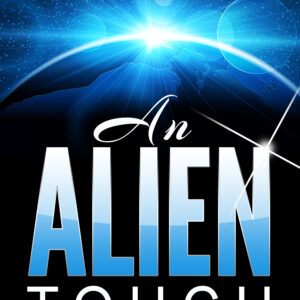



A Nice top title
Change this
to Anything
This can easily be edited in the page builder.
Browse Productsweekly featured products
Best Selling Products
Crime
Browse our categories

Free Shipping on all orders
Get Free Shipping on all orders over $75 and free returns to our UK returns centre! Items are dispatched from the US and will arrive in 5-8 days.

Amazing customer service
Get Free Shipping on all orders over $75 and free returns to our UK returns centre! Items are dispatched from the US and will arrive in 5-8 days.

No Customs or Duty Fees!
We pay these fees so you don’t have to! The total billed at checkout is the final amount you pay, inclusive of VAT, with no additional charges at the time of delivery!

PBR kogi VHS commodo, single-origin coffee selvage kale chips. Fugiat try-hard ad aesthetic, tofu master cleanse typewriter tote bag accusamus sustainable ennui hella small batch cliche.

PBR kogi VHS commodo, single-origin coffee selvage kale chips. Fugiat try-hard ad aesthetic, tofu master cleanse typewriter tote bag accusamus sustainable ennui hella small batch cliche.

PBR kogi VHS commodo, single-origin coffee selvage kale chips. Fugiat try-hard ad aesthetic, tofu master cleanse typewriter tote bag accusamus sustainable ennui hella small batch cliche.
Latest News
Hello world!
Welcome to WordPress. This is your first post. Edit or delete it, then start writing!
1 Comments
Welcome to Flatsome
Welcome to WordPress. This is your first post. Edit or delete it, then start blogging! [...]
Nov
Just another post with A Gallery
Lorem ipsum dolor sit amet, consectetur adipiscing elit. In sed vulputate massa. Fusce ante magna, [...]
Oct
A Simple Blog Post
Lorem ipsum dolor sit amet, consectetuer adipiscing elit, sed diam nonummy nibh euismod tincidunt ut [...]
Oct


